Celebrating 100 Years Of The Art & Soul of New Mexico
May 1st, 2017
FOR IMMEDIATE RELEASE: April 4, 2017 (Santa Fe, NM) - On November 25, 1917, the New Mexico Museum of Art officially opened its doors to the public with much fanfare and delight. A crowd of 1200 gathered to celebrate the opening of the state’s first art museum. Lawyer and newspaperman Frank Springer gave the opening speech stating, “The Art Museum shall uplift us to the level of our own better natures; and make us worthy of the heritage which the mighty Past has left us.”
New Mexico’s artistic past, present and future converge during 2017 as the New Mexico Museum of Art celebrates its 100-year anniversary. From September 18 to November 25, 2017 the New Mexico Museum of Art will be closed for restoration of floors and walls, installation of three new exhibitions, and re-imagining each Museum visit to enhance the visitors’ experience for generations to come.
Over the birthday year, the Museum will host a series of 100 programs, events and celebrations honoring its past and looking ahead to its future. Beginning on Saturday, November 25, 2017, the Museum’s 100th birthday, guests can participate in a day-long celebration of this historic milestone. Visitors are invited to pose for a centennial group photograph, tour exciting new exhibitions in the galleries, listen to music in St. Francis Auditorium and enjoy special programs and activities designed for all ages. This event is free and open to the public 10:00 am to 5:00 pm.
From the presentation of the museum’s collection to once-in-a-lifetime events—there is something for everyone during the Museum of Art’s centennial year. And because birthdays are all about surprises, a few of those are planned too.
Throughout the centennial celebration, the Museum invites everyone to join us. There will be exciting events for children and adults of all ages and interests, upgraded facilities, and exhibitions celebrating the past and future of art in New Mexico.
MUSEUM HISTORY
Built in the Northwest corner of historic Santa Fe Plaza, the Museum of Art’s location mirrors its significance as a cornerstone in New Mexico’s emergence as a world class art market.
Marrying the promising state’s artistic future with its diverse cultural past, visionary city leaders erected the state’s first museum directly across the street from the Palace of Governors, the epicenter of 300 years of New Mexico history under the flags of Spanish,
Mexican, Territorial U.S. and even the Confederate government. The story of the Museum of Art begins long before the doors opened in 1917. The natural beauty of New Mexico’s desert landscape, expansive skies, and majestic mountain ranges has inspired creative expression among many peoples. Ancient petroglyphs and pre-Puebloan kivas speak to creation of art in these lands before New Mexico was even a territory.
With the coming of the railroad in the late 1800s, the number of visitors who ventured to New Mexico and the Southwest grew and so did the interest in the pottery, weaving, and artworks of Native Americans in the region. As the United States expanded west, so, too, did many artists who found themselves entranced with New Mexico’s scenic vistas, expansive landscapes, air, the quality of light, and ever-changing skies.
Even before New Mexico became the 47th state in the union on January 6, 1912, many community leaders recognized the unique appeal of New Mexico Territory to artists and to art patrons. Increasing numbers of visitors flocked to the now-accessible Southwest, creating a new source of revenue for the fledgling state – tourism.
As Santa Fe grew, adobe buildings were being replaced by brick commercial buildings with plate glass windows and brick bungalow cottages. Concerned civic leaders, including archaeologists and artists, took up a crusade to stop the loss of Santa Fe’s historic character. In the fall of 1912, a group of New Mexico artists staged the New-Old Santa Fe exhibition at the Palace of the Governors with images and models of what Santa Fe architecture could and they hoped would be. The leader of this group was archaeologist, visionary, and cultural entrepreneur Edgar Lee Hewett.
Hewett and his associates at the Museum of New Mexico believed the “New-Old” Santa Fe exhibit was historically appropriate, and an antidote to the homogenization of American architecture and the encroachment of Colonial- style buildings. They also thought it would attract visitors and much needed revenue from tourism.
One of several like-minded visionaries Hewett enlisted in the museum effort was Sylvanus Griswold Morley, a Harvard man who spent half the year in Santa Fe promoting it, and the other half in Mexico as a preeminent archaeologist at Mayan Yucatan. Morley commissioned local architect Isaac Rapp to create a watercolor from a picture he had seen of a Colorado mining camp with warehouse façade based on the Mission at Acoma Pueblo.
Meanwhile Hewett was invited to be director of exhibits at the Panama California Exhibition in San Diego in 1915. Hewett, too, enlisted Rapp, and asked the architect to develop the Acoma-inspired warehouse to serve as the State of New Mexico’s pavilion at the San Diego exhibition. The pavilion design proved to be such a success in San Diego that it prompted the New Mexico lawmakers to approve the model for a new art museum.
In March 1915, the New Mexico Legislature appropriated $30,000 for half the cost of constructing an art museum. Frank Springer, a wealthy, politically influential attorney from Northern New Mexico was the primary donor and fundraiser who raised the additional $30,000 matching money to construct the museum.
Santa Fe citizens urged the Santa Fe Board of Education to deed their land at the corner of Lincoln and Palace known as the “old barracks” to the museum effort. Finally, New Mexico had an appropriate space for the burgeoning artist colony to work. The creation of the art museum prompted artist Robert Henri to write that in Santa Fe “painters are treated with that welcome and appreciation that is supposed to exist only in certain places in Europe.” (El Palacio Vol. 4 No. 4 1917 p. 98) It was Henri who suggested to Edgar Lee Hewett, that the museum keep a policy of exhibiting artists of all schools of thought.
The building would become appreciated as a work of art in its own right. The art museum serves as a prime example of what is called the “Pueblo Revival” style. Architects Rapp and Rapp based their design for the museum on the churches that were built in New Mexico when Santa Fe was the capital of the colony of New Spain. These churches are distinct from Spanish mission churches in other areas because they were made using materials and designs native to the area. It was this fusion of Spanish and indigenous cultures that served as the model for the art museum.
The Franciscan churches were the perfect prototype for the new museum because they were both unique to New Mexico and also served as gathering spaces for the community. The museum was intended as a secular meeting ground for the people of New Mexico in a new era of American statehood. Each week following the opening, Tuesday evenings were called Museum Night, a social hour around the fireplace. The Red Cross and Women’s Naval Service held meetings at the museum while the country was embroiled in World War I.
The auditorium hosted lectures, concerts, and memorials on a regular basis. Here art, architecture and community were in perfect harmony.
Much has changed since the Museum opened its doors 100 years ago. The city and state have grown in population. Contemporary art is larger and more complex. Yet the Museum of Art has continuously renewed its commitment to inspire artists of different cultures and the larger community.
FACTS ABOUT THE MUSEUM OF ART:
- The NM Museum of Art was the first art museum built in the state of New Mexico
- The Museum of Art owns almost 1800 works (including woodblock prints, paintings, drawings, gouaches, marionettes, sculpture and furniture) by artist Gustave Baumann (1881 – 1971) – the largest representation by a single artist in the collection
- The Santa Fe Board of Education deeded their land at the corner of Lincoln and Palace Ave., known as the "old barracks", to the State for the art museum to be built
- Much of the furniture throughout the galleries and the benches in the St. Francis Auditorium are original to the building and were specifically designed for the museum
- The building is a larger replica of a building still in Balboa Park, San Diego, that was built for the 1915 Panama-California Exposition
- Artist Robert Henri is responsible for the museum’s original non-juried exhibition policy that remained until 1951.
- The ashes of the museum’s founder, Dr. Edgar Lee Hewett, are interred in the museum’s courtyard
- The Santa Fe Chamber Music Festival debuted in the St. Francis Auditorium in 1973, an annual event that continues to this day
- Albuquerque-based architect Antione Predock designed the "New Wing" galleries with Edward Larrabee Barnes 1980-1982
- In early 2011, the New Mexico Museum of Art acquired New Mexico Sunrise, the official New Mexico state guitar made by the Pimentel and Sons Guitar Makers of Albuquerque
- Will Shuster, the creator of Zozobra, painted frescos in the courtyard commissioned by the Federal Emergency Relief Agency beginning in 1934
- From 1927-1931 artist Raymond Jonson mounted monthly exhibitions of modern art at the museum
http://elpalacio.org/articles/summer16/ambassador.pdf
http://elpalacio.org/articles/fall16/moa2.pdf
# # #

New Mexico CulturePass
Your ticket to New Mexico's exceptional Museums and Historic Sites.
From Indian treasures to space exploration, world-class folk art to awesome dinosaurs—our museums and monuments celebrate the essence of New Mexico every day.
More Info »
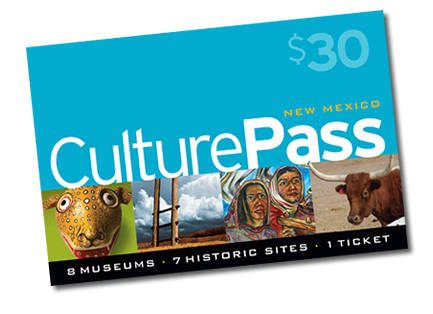
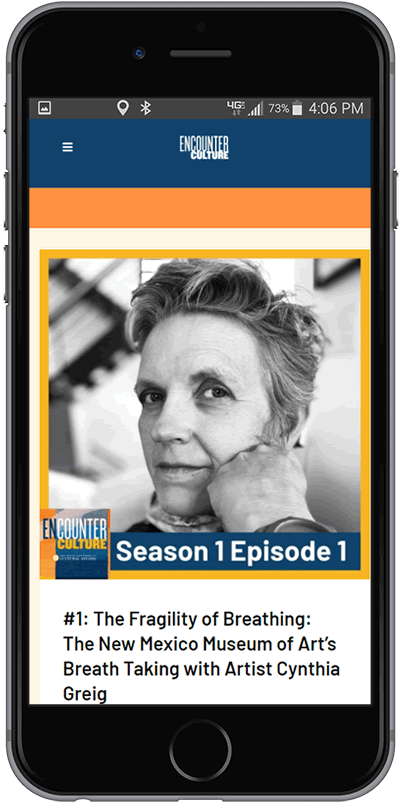
Encounter Culture
Take a look inside the museums and historic sites of New Mexico without leaving home. Join host Charlotte Jusinski, and a variety of guest curators, artists, and exhibitors in exploring the art and culture of the state in Encounter Culture, a new podcast from the New Mexico Department of Cultural Affairs.



Featured DCA Exhibitions
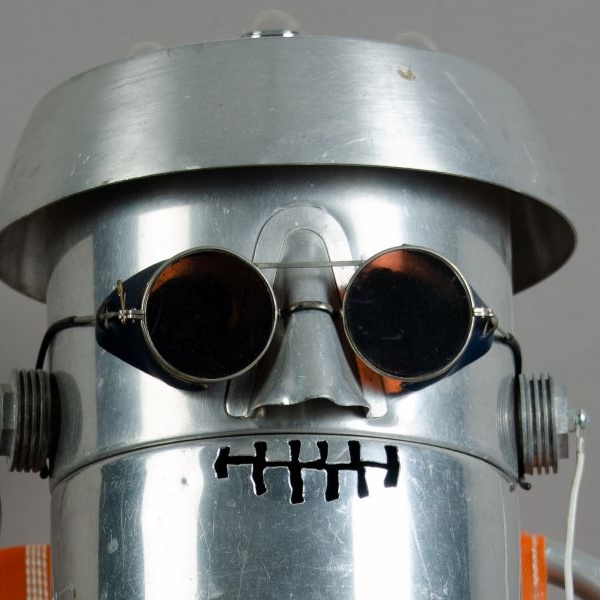
Staff Picks: Favorites from the Collection
Staff Picks: Favorites from the Collection features objects that were selected by members of the Museum of
more »
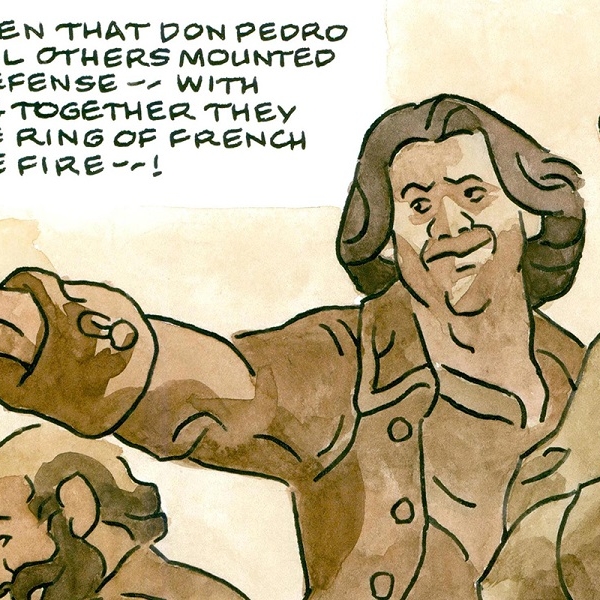
The Massacre of Don Pedro Villasur
This exhibition features 23 original graphic history art works by Santa Fe-based artist Turner Avery Mark-Jacobs. This
more »
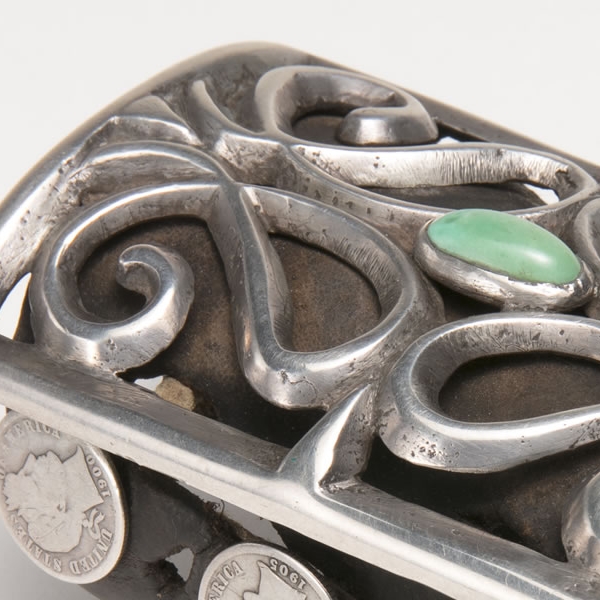
Here, Now and Always
The Museum of Indian Arts and Culture invites you to visit its brand new permanent exhibition, Here, Now and Always,
more »
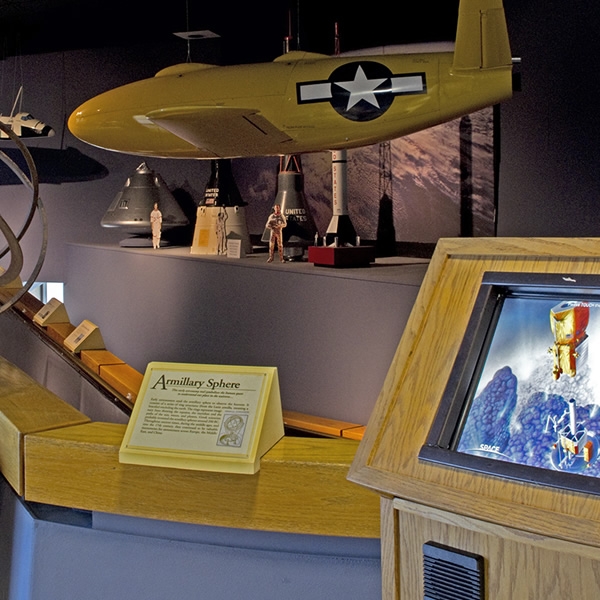
Icons of Exploration
Showcases some of the Museum’s most celebrated objects including a real "moon rock," rare replicas of the first
more »
